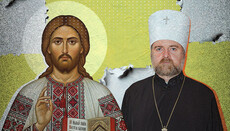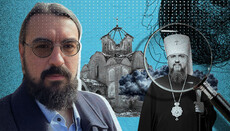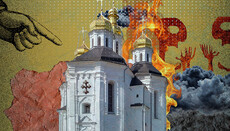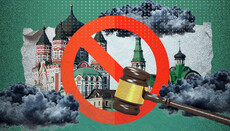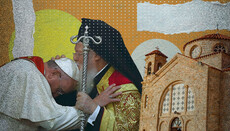Why were there few people at "Christmas service" of OCU in the Lavra?
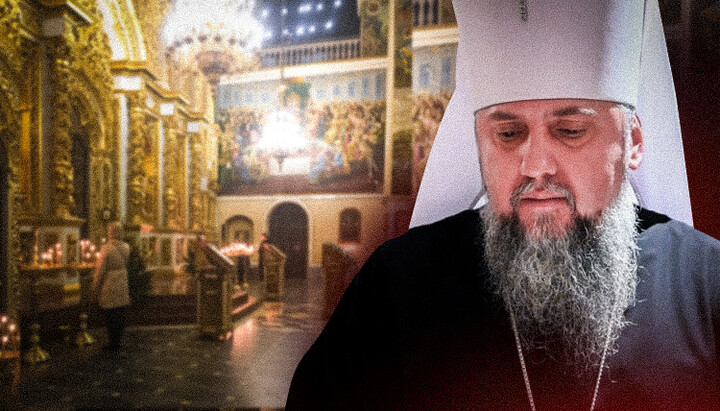
Thousands attended Nativity services of the UOC in the Lavra. Today, the OCU has 20-30 people, but Zelensky assures that millions celebrate on December 25. What's wrong?
On December 24, 2023, the UOJ published videos and photos taken in the Assumption Cathedral of the Kyiv-Pechersk Lavra during the vespers of the Orthodox Church of Ukraine (OCU) on the eve of Christmas in the new style. In these shots, it is clearly seen that there were no more than 20-30 people in the cathedral, aside from a few "priests" of the OCU.
At the same time, Ukrainian President Volodymyr Zelensky, in his address to the nation, stated that in 2023, all Ukrainians celebrate Christmas on December 25 "on the same date as one big family, one nation, one united country," and "our common prayer" on this day "will unite millions of voices like never before." However, as shown by the example of the OCU service in the Lavra, the President's words have no practical confirmation – the Assumption Cathedral stands empty. Why is that?
OCU and UGCC stand for the "new" Christmas
Just a few days before December 25, the head of the UGCC, Sviatoslav Shevchuk, gave a large interview in which he commented on the decision of the Uniates to switch to the "new style" and celebrate Christmas "together with Europe." He called the transition to the "new style" "historical" and noted that of all the UGCC parishes, only one church (in the Kharkiv region) asked to remain on the "old calendar." According to Shevchuk, the UGCC would never have done this if it had not received the support of the "Orthodox brothers," that is, the OCU.
Indeed, not so long ago, Dumenko and his "synod" stated that among the parishioners of their structure, there is complete unanimity, and everyone wants to celebrate Christmas "separately from Moscow."
At the same time, just a year ago, in 2022, we heard very cautious statements about the calendar reform. But in 12 months, the situation suddenly changed dramatically. What happened?
What happened over the year?
Many will say that the reason for such a sudden agreement to switch to the "new style" is that on February 24, 2022, Russia invaded Ukraine. However, in February-March of the previous year, when the Russian army was in the suburbs of Kyiv and its soldiers were shooting civilians in Irpin and Bucha, there was no rush to change the calendar. The situation changed dramatically after a powerful PR campaign by the Ministry of Culture to promote the "European Christmas" using voting in "Diya" application and numerous expert broadcasts. People were made to believe that the "old" Christmas is a "legacy of the Russian Empire," and celebrating on January 7 means being on the side of the aggressor.
All these efforts consistently overlapped with those of the previous government. In 2017, the Verkhovna Rada voted for an additional day off on December 25, supposedly to allow those who celebrate Christmas with Catholics to fully celebrate it. At the same time, in 2020, Dumenko, answering a question about a possible calendar reform, talked about the need to prepare the people for such a change, stating that it was a very sensitive issue that could cause a split in society, and that "it's not the right time yet." But then suddenly the concept changed. The people suddenly "matured".
Who might be against the "new" Christmas
And here we come to the most important point. Those who attend church services, confess, receive communion, and generally live by the interests of the Church are not the ones who "matured". Dumenko's situation is a bit different. The OCU took away hundreds of churches from the UOC. Moreover, a large number of churches were sealed by the authorities and law enforcement agencies. Criminal cases have been initiated against the hierarchs and priests of the UOC, the OCU "serves" in the Kyiv-Pechersk Lavra (at least in its upper part), and the Lower Lavra is closed to visitors. It seems that the OCU is not just "on the horse," but can already celebrate victory over the Church of Christ. If not for one "trifle".
There are no people in the churches taken away by Dumenko. We have repeatedly written that even large cathedrals, where liturgical and parish life was once vibrant, turned out to be empty after they had "transitioned" to Dumenko's ownership. Even on major feast days, there are only a few people there at best. And this is indeed a problem both for the OCU and for the government that is actively promoting and supporting Dumenko's structure.
No opinion polls can change the picture of the empty Assumption Cathedral. According to them, Dumenko is supported by "millions" of Ukrainians, but in fact, there are two or three dozen people. And this is in the greatest shrine of the Orthodox world during the Christmas "service," even on a weekend. Why is that? Because those who supported the "return" of the Lavra to the state and the transfer of its churches to the OCU go to church, at best, two or three times a year – to bless Easter cakes or sausage with vodka. They enthusiastically drive "Moscow loyalists" out of the churches but are not ready to take their place.
The same applies to Christmas. These people vigorously advocate for celebrating "with the whole world," just not with "Moscow," without realizing that, according to the Julian calendar, not only the ROC but also the Athonite, Jerusalem, Georgian, Serbian, and Polish Churches celebrate the Nativity of Christ. And in terms of the number of believers, they are certainly superior to the "new-style" Churches. But the people were told to celebrate "together with Europe," and they obediently promote this thesis.
What do we have in the end?
In the end, there are two "church realities" in the country. The first is a virtual one being shaped jointly by the authorities, the OCU, and the UGCC. In this reality, the people and the party are united, and all Ukrainians have collectively rejected the "Moscow" Christmas and switched to the "European" one. The other reality is obvious. In this reality, the number of Orthodox Ukrainians who attend church has not changed. They continue to go to UOC churches according to the Julian calendar, just as they did before. All the efforts of the President's Office and Epifaniy Dumenko have failed to change this situation.
Let's just compare photos of Christmas Vigil services of the UOC in different years from the Refectory Church of the Lavra with a similar service of the OCU from the Assumption Cathedral this year.
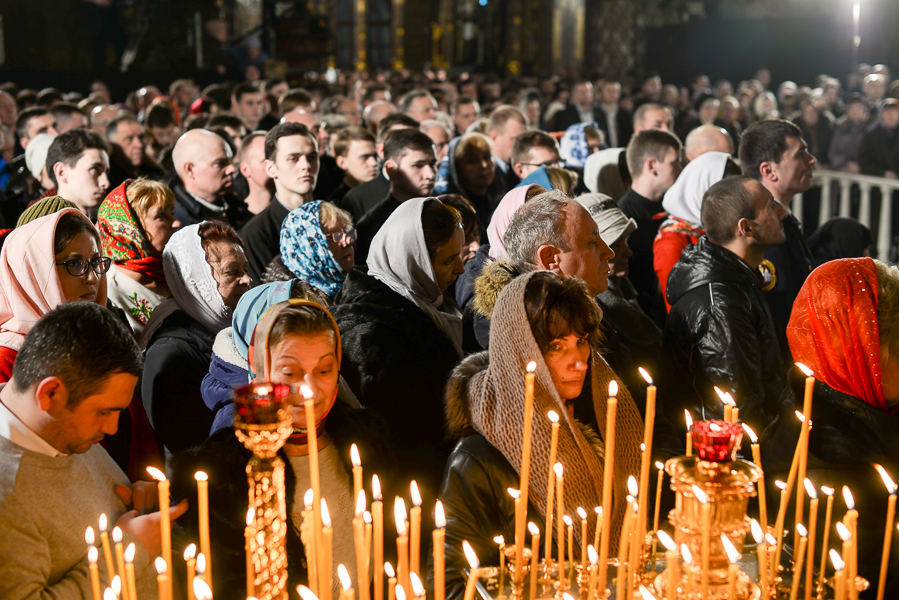
Christmas Vespers of the UOC, Refectory Church of the Lavra, 2018
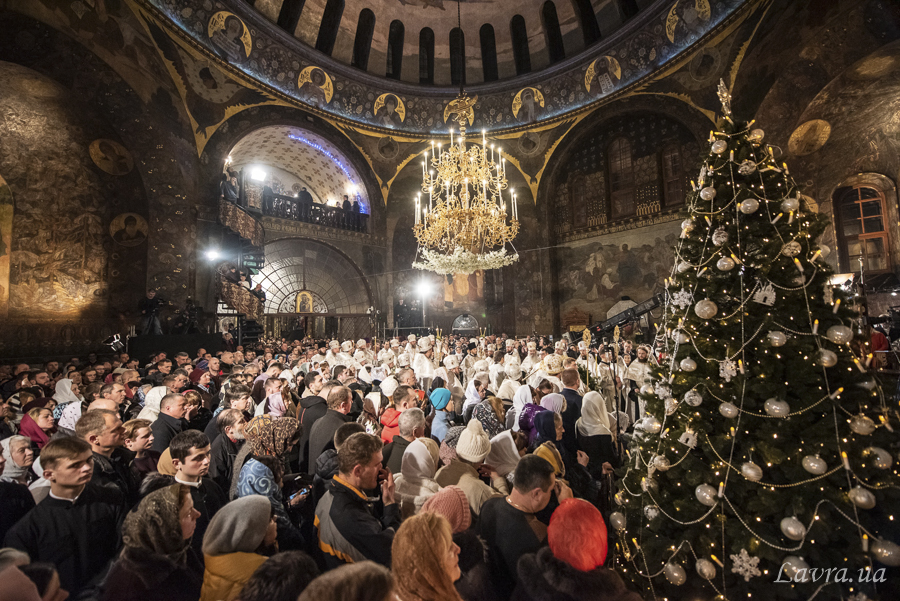
Christmas Vespers of the UOC, Refectory Church of the Lavra, 2020

Christmas Vespers of the OCU, Assumption Cathedral of the Lavra, 2023
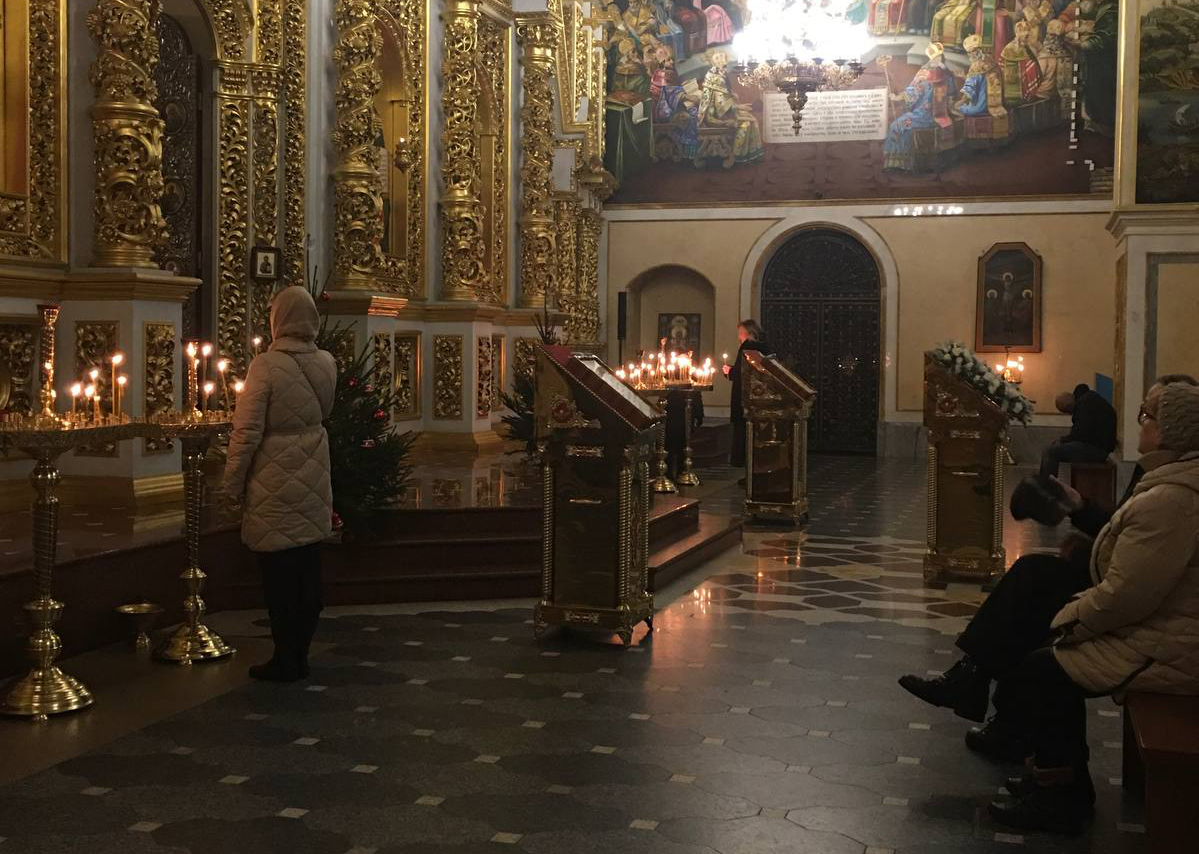
Christmas Vespers of the OCU, Assumption Cathedral of the Lavra, 2023
The authorities and the OCU would have been happy if the Lavra parishioners had continued to attend the same churches but under a different jurisdiction. However, it didn't work out; people don't want to. The policy of church raids and violence, cultivated by Epifaniy, has yielded its predictable results. The UOC believers simply dispersed to other Kyiv churches of the UOC, while the "armchair parishioners" cannot replace them, despite the powerful propaganda machine.
Thus, the rhetoric of Volodymyr Zelensky and Epifaniy Dumenko suggests that the "new-style" Christmas is celebrated by millions, but actually, there are only dozens in the churches.
Just because you can hardly make someone drink from an empty well.
